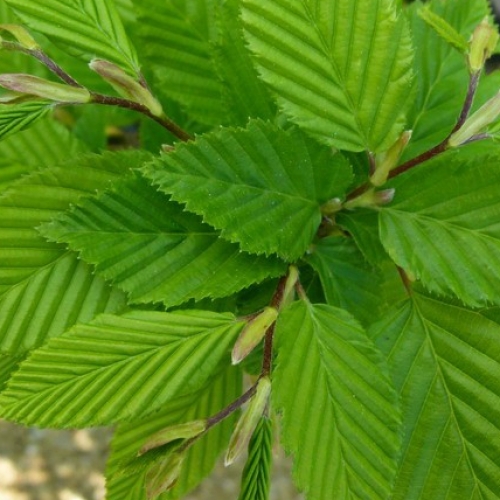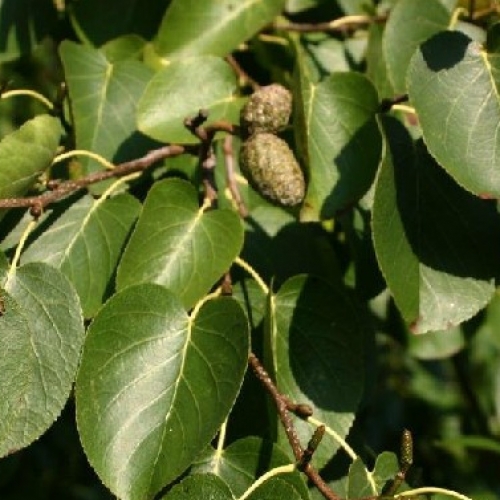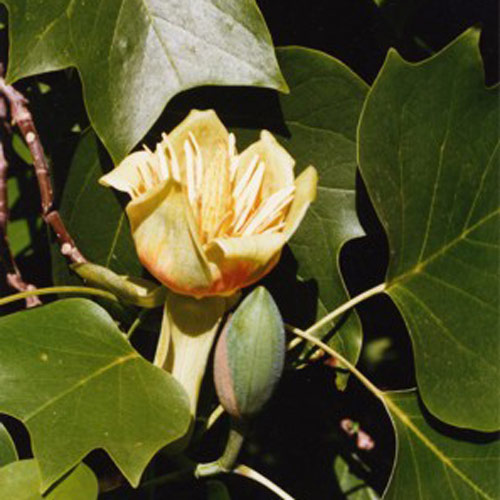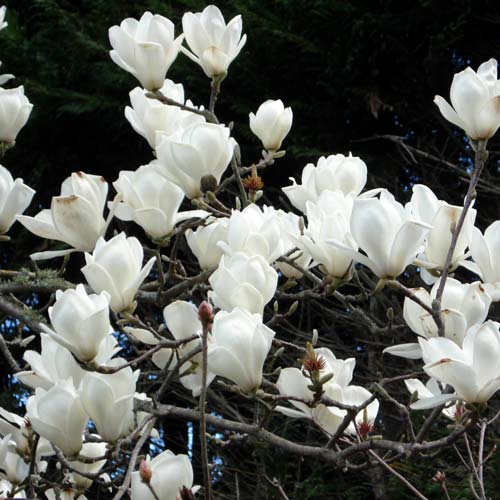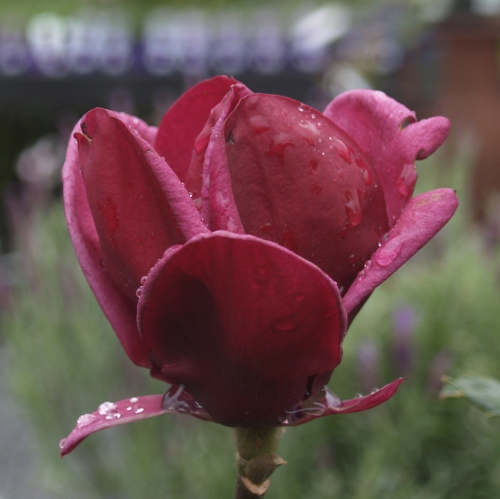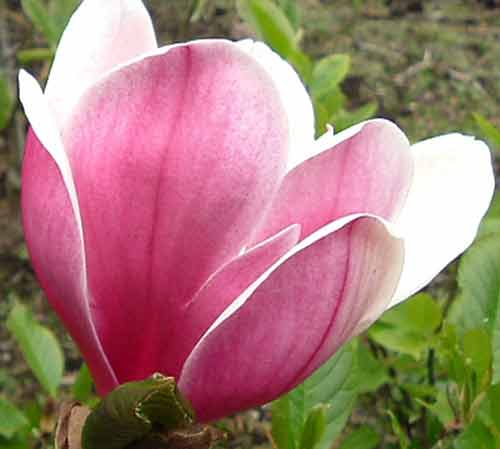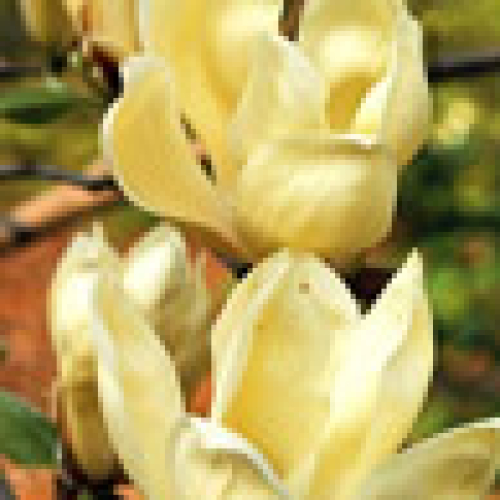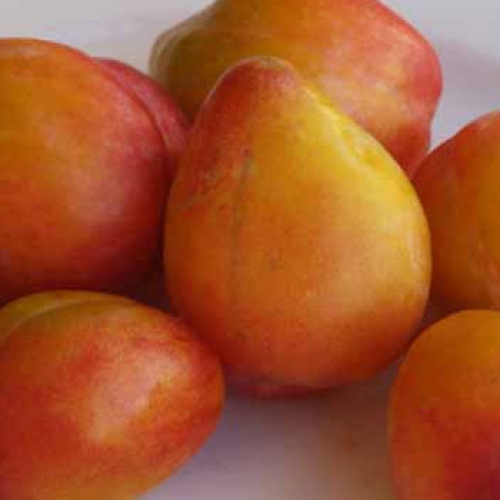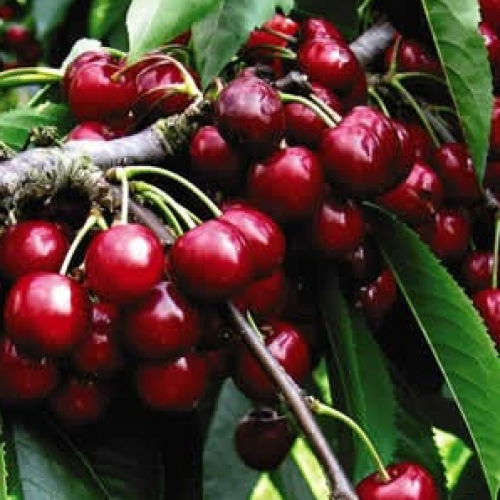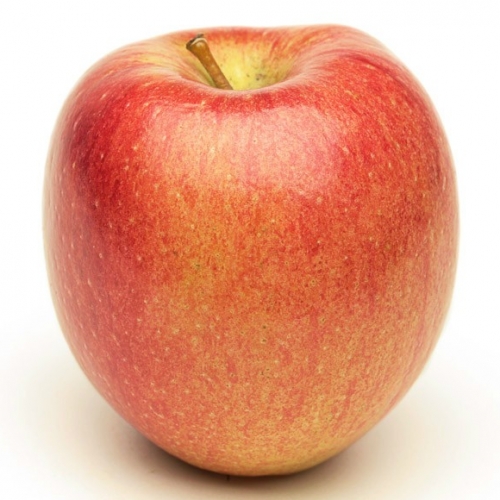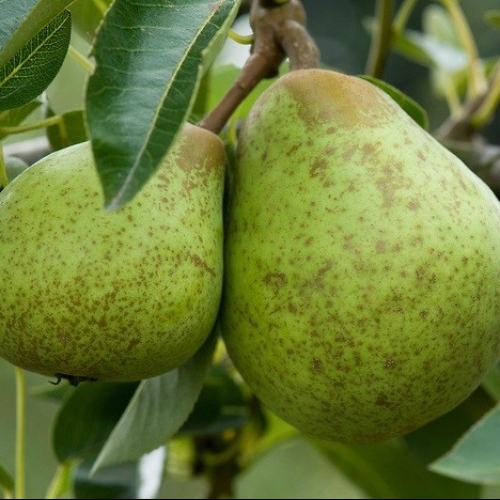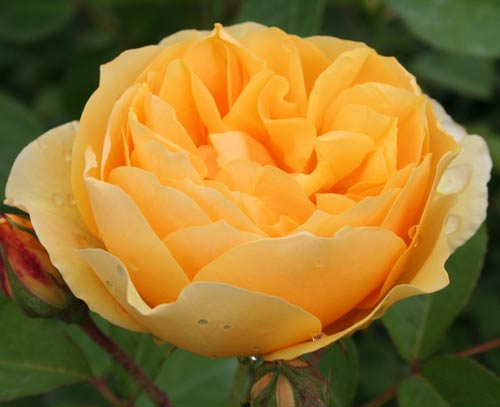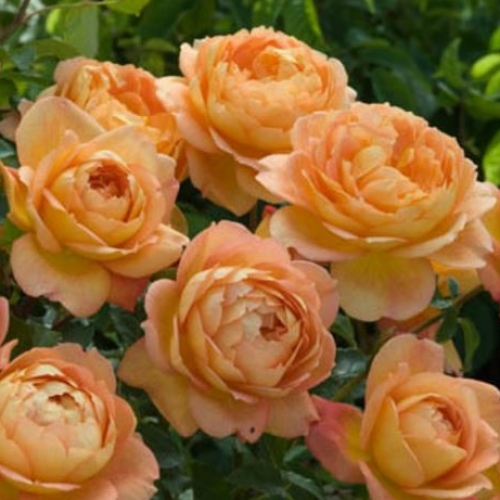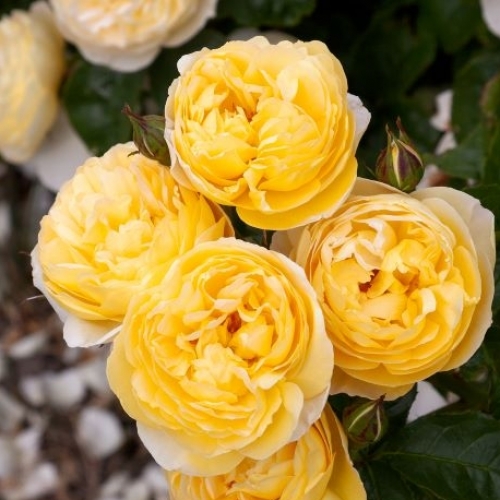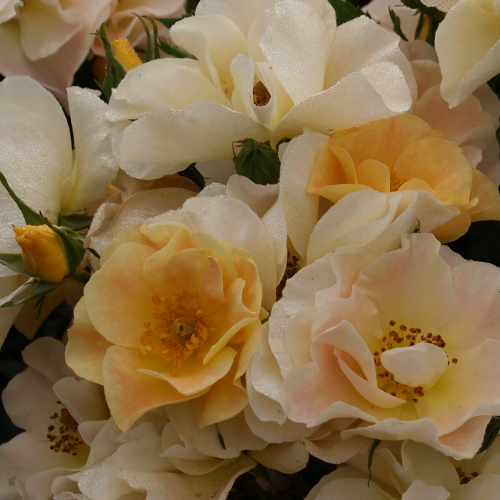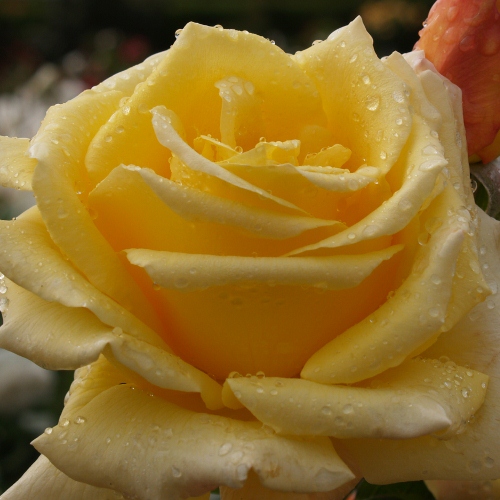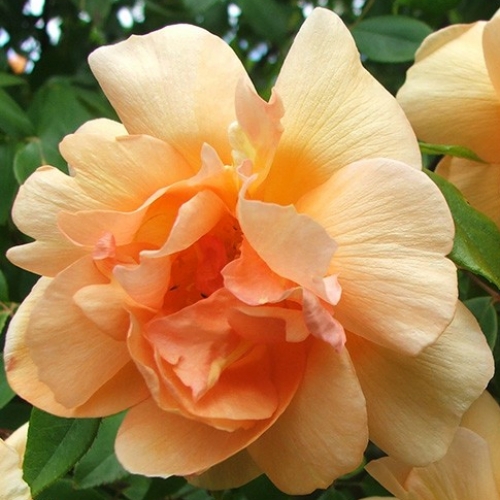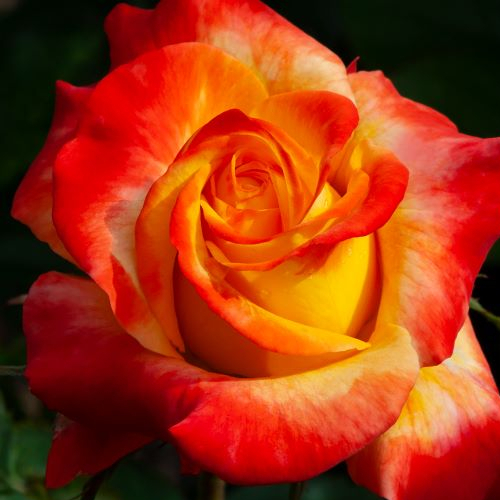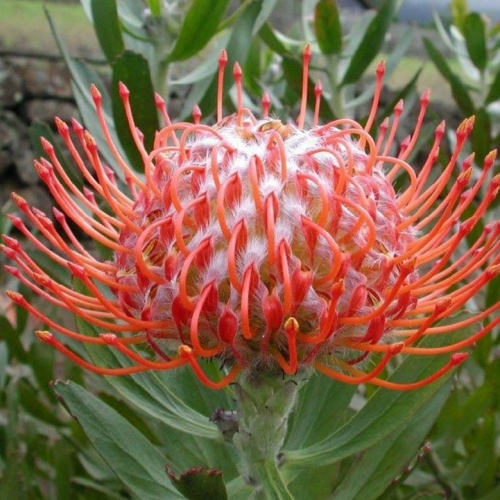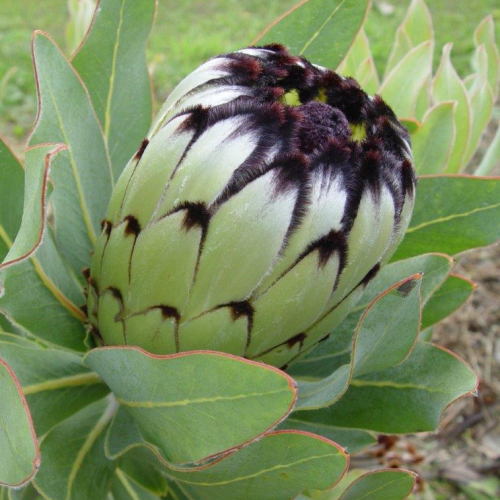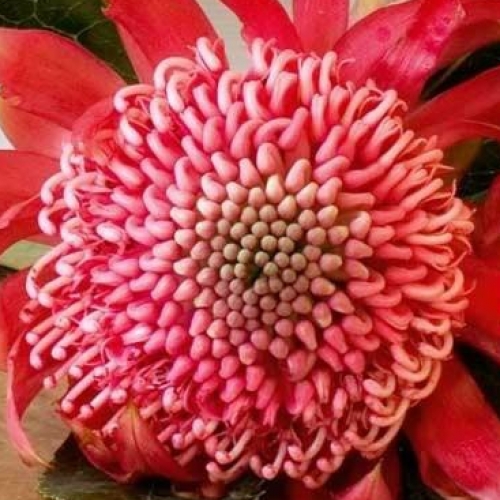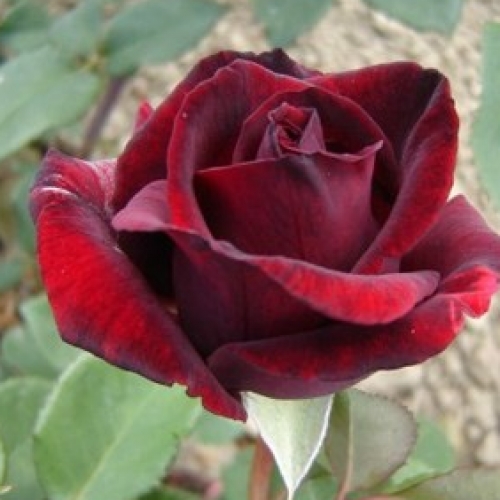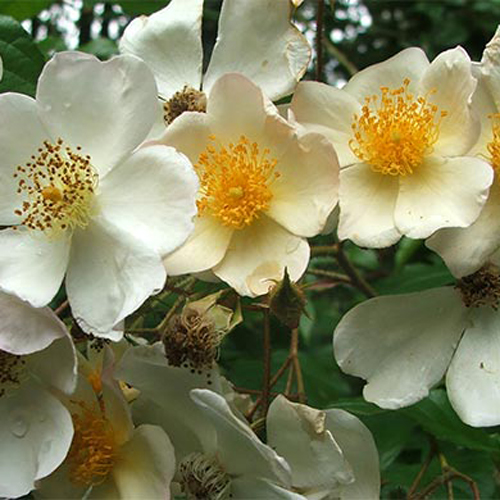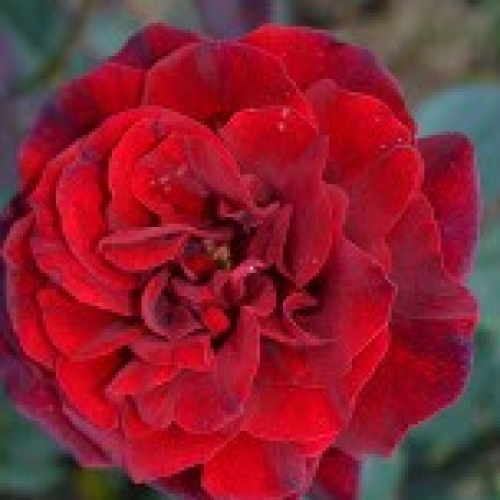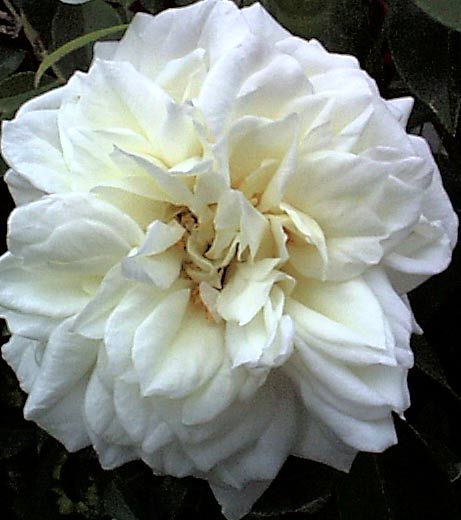Saturday 12th July, 2025
Hi
Bare-root versus potted trees
I often get asked at this time of year if we have bare-root trees and of course we don't. Bare-root trees used to be the way of providing trees in the days before plastic and planter bags, as trees could be lifted and moved around in the dormant season. Just because the trees are dormant doesn't mean that they can be out of the soil for long lengths of time and the way to store them was in large beds of untreated sawdust. Of course they still had to be healed in properly, with the sawdust spread well through their roots, and if a tree was pulled out then the sawdust had to be settled again around any exposed roots.
LOL In the good old days, large edged beds of sawdust around 30 cm deep were the way to go and had to be just right, as in not too wet or too dry. The trees would need to be all sold before bud burst, because once that happens, any new plants not in soil would collapse. I'm sure that many growers still use sawdust beds to organise their orders before they get dispatched to their new prospective owners or retailers, but these people deal in bulk orders and supply bare-root plants for immediate planting.
I can't imagine us even beginning to go the 'sawdust and bare-root' way. Imagine how much space it would take, not to mention getting everything in some sort of alphabetical order so you could find what you wanted. Customers would pull up the plant that they wanted and then that would leave exposed roots and so on and when the season had finished those roots would all have to be removed. Then there would be this huge pressure to get it either sold or bagged before the leaves appear when the garden centre is starting to hum for spring.
Much easier to just bag the product as it arrives, and then I know that what we provide is going to its destination with soil intact around its roots and is not drying out on the way home. Then we can also ensure the trees we have for sale in the nursery will last for an entire season without any further issues. On the note of potting, we do have to root prune to fit plants into a bag and this does have quite a few positive points. First up, most trees supplied by growers to us are either pulled from the soil or have a large U shape cutter dragged underneath them which does do, in some cases, significant damage and so pruning removes this damage. Another important point is that pruning roots actually stimulates new root-growth, especially when potted into the perfect growing media (such as the one we buy especially).
Most rootstocks that I know of are quite adventitious (i.e. they can grow roots from plant parts other than the primary root) and an example would be apple stock, in which you often see roots form up the stock stem. Many plants that we pot have already started to grow new roots before we have even bagged them. With a plant that has started to grow new roots at this time of the season, it's best to take care with removing the bag and I suggest cutting it off so as not to break those new feeder roots. Don't use too much compost in the hole, particularly if you have already wet soil, as this will hold more water around the root area. Plant gently but firmly and ensure that all new season's trees that are loose in the bag get staked so that they don't rock in the wind, as that would cause the new developing roots to break.
Planning your orchard
This week has seen a big increase in our range of
Fruit trees especially
Plums,
Pears,
Peaches,
Apples,
Nectarines,
Figs,
Feijoas,
Cherries and
Apricots. Ever popular varieties like the Plums
Luisa and
Black Doris, the Cherry
Compact Stella,
double grafted apples and
pears, plus many of the varieties you need for cross pollination, are in store now. This is the time of year when we have the best selection and the best trees to choose from. Customers who are looking for particular varieties of rootstock (which is important if your soil is heavy and wet (clay)) or if you want the plant to be big or small, can choose the best one for their situation. For example a good rootstock for a heavy clay in Auckland for a pear would be PC (Pyrus calleryana) but if you wanted a smaller growing tree and you lived in a colder area you might choose a variety followed by the letters BA29. Check out our website for more information about
Rootstocks and how they impact your trees.
There is also plenty of information about pollinators which is important for plums, pears, apricots and cherries. See for example, which pears pollinate each other by following this
link (i.e. click on the word link to see the list). Planning a succession of fruit to last you right through summer is easy if you check when they will ripen, see for example, this
link for a list of nectarines and their fruiting times.
New season's roses may need some spraying
New season's
Roses by nature and default will start to grow new leaves just because of the process of root pruning and being potted into a good growing media. This is accentuated by the fact that here in the Waikato we have, on the whole, quite a warm climate which is conducive to growth. These new plants don't yet have the supportive structure of a well established root system, unlike for example your established garden roses, and may be more sensitive to fungal infection.
Just like any plant in your garden, new roses may need some help in the form of spraying with copper oxychloride mixed with garden oil. Your established roses may benefit from sprays of lime sulphur two weeks before applications of copper oxychloride (good to alternate between these two). Note here it is not time to prune them yet as this will just promote established roses to grow and it's still a bit early. This task can be left late here in the Tron, as long as it has been done before bud burst which usually happens around the mid to the end of August.
If you think of how easily we can catch a cold or some virus then you will understand that there are fungal spores in the air everywhere at the moment, just waiting to attach to some new fresh young leaf with a soft cuticle, hence spray is beneficial especially on new plants.
My moto is to spray every time that it rains and that may seem impossible in the Waikato but some how I manage. Rain spreads spores and so the idea is a protective cover before the rain and a clean up after the rain This may not be quite necessary for you at home, but for me here at the nursery is a mantra because I want you all to have the best roses that you can have and know that we have done everything that we can to provide a great product.
New Stock just in
Come and meet the guys from the Waikato Rose Society.. Come armed with all your questions
There seems to be quite the repetitive weather pattern going on right now with a light frost and a couple of cold days followed by a weekend of rain. It makes it a tad tricky for getting those lawns mowed and some gardening chore done, but we were lucky and got all the lawns mowed here the other week. School holidays are just about done and dusted and so soon the working world will be back to normal.
The days are getting just that tiny bit longer with a couple of minutes added at each end of the day. Before you know it, we will be knocking on the door of spring, so we hope to see you out enjoying whatever the weather has to throw at us.
Have a great weekend.
Cheers from Lloyd Tony and the Wairere team.
